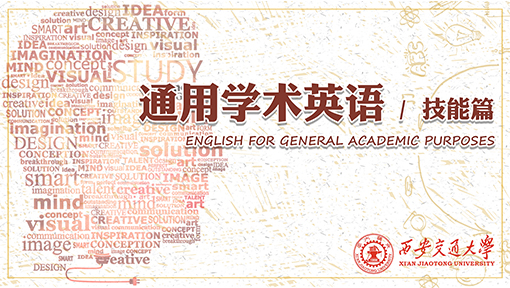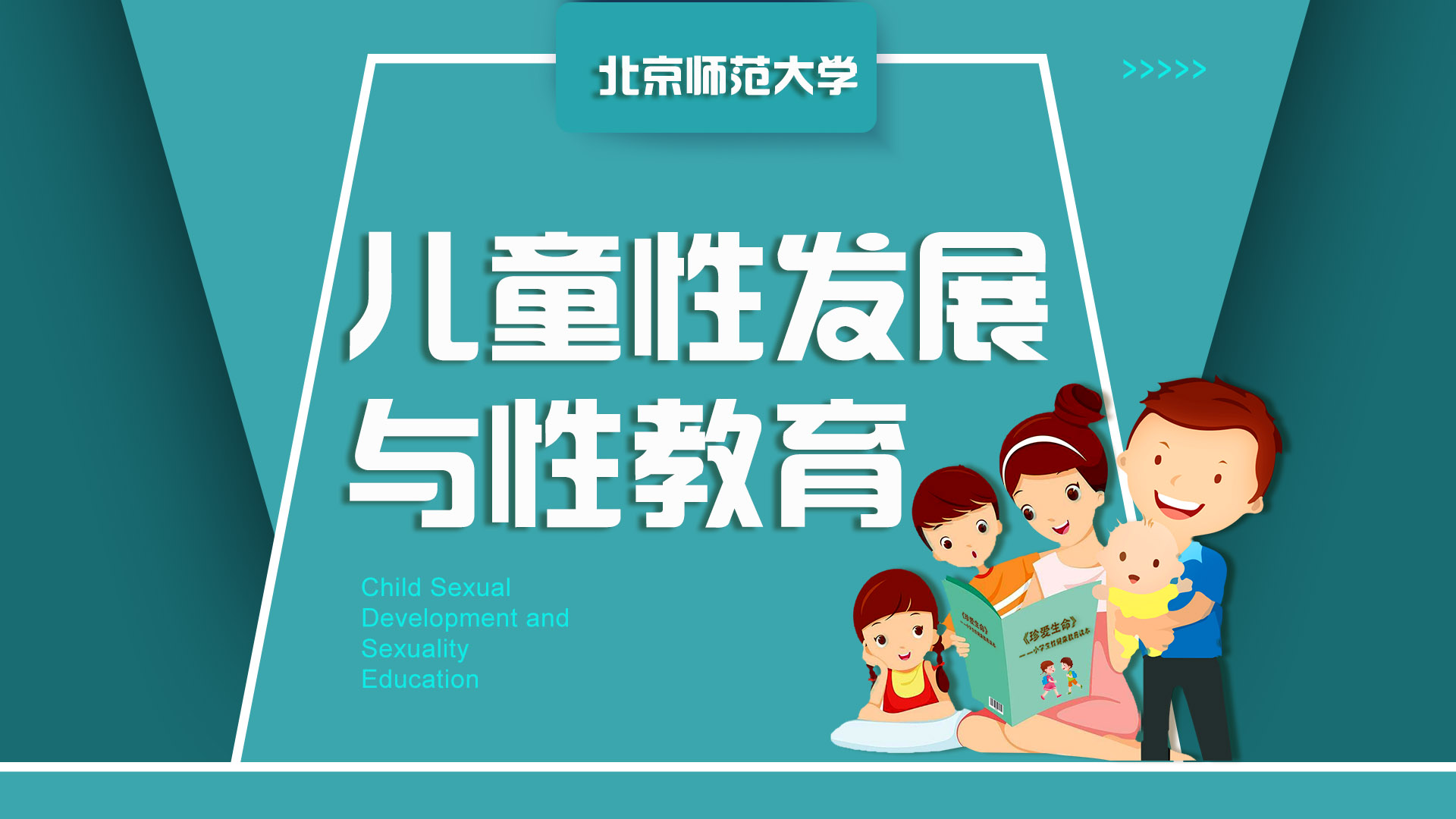
当前课程知识点:通用学术英语(技能篇) > Unit 8 How to Raise Questions like Socrates?/如何像苏格拉底一样提问? > Supplementary Materials(补充材料) > Script of the above video
以下是补充资料里的视频“Should we get rid of standardized test”的字幕,供大家参考:
1. The first standardized tests that we know of
2. were administered in China over 2,000 years ago during the Han dynasty.
3. Chinese officials used them to determine aptitude for various government posts.
4. The subject matter included philosophy, farming, and even military tactics.
5. Standardized tests continued to be used around the world for the next two millennia,
6. and today, they're used for everything from evaluating stair climbs for firefighters in France
7. to language examinations for diplomats in Canada to students in schools.
8. Some standardized tests measure scores only in relation to the results of other test takers.
9. Others measure performances on how well test takers meet predetermined criteria.
10. So the stair climb for the firefighter could be measured by comparing the time of the climb to that of all other firefighters.
11. This might be expressed in what many call a bell curve.
12. Or it could be evaluated with reference to set criteria,
13. such as carrying a certain amount of weight a certain distance up a certain number of stairs.
14. Similarly, the diplomat might be measured against other test-taking diplomats,
15. or against a set of fixed criteria, which demonstrate different levels of language proficiency.
16. And all of these results can be expressed using something called a percentile.
17. If a diplomat is in the 70th percentile, 70% of test takers scored below her.
18. If she scored in the 30th percentile, 70% of test takers scored above her.
19. Although standardized tests are sometimes controversial, they are simply a tool.
20. As a thought experiment, think of a standardized test as a ruler.
21. A ruler's usefulness depends on two things.
22. First, the job we ask it to do.
23. Our ruler can't measure the temperature outside or how loud someone is singing.
24. Second, the ruler's usefulness depends on its design.
25. Say you need to measure the circumference of an orange.
26. Our ruler measures length, which is the right quantity,
27. but it hasn't been designed with the flexibility required for the task at hand.
28. So, if standardized tests are given the wrong job,
29. or aren't designed properly, they may end up measuring the wrong things.
30. In the case of schools, students with test anxiety may have trouble performing their best on a standardized test,
31. not because they don't know the answers,
32. but because they're feeling too nervous to share what they've learned.
33. Students with reading challenges may struggle with the wording of a math problem,
34. so their test results may better reflect their literacy rather than numeracy skills.
35. And students who were confused by examples on tests that contain unfamiliar cultural references may do poorly,
36. telling us more about the test taker's cultural familiarity than their academic learning.
37. In these cases, the tests may need to be designed differently.
38. Standardized tests can also have a hard time measuring abstract characteristics or skills,
39. such as creativity, critical thinking, and collaboration.
40. If we design a test poorly, or ask it to do the wrong job, or a job it's not very good at,
41. the results may not be reliable or valid.
42. Reliability and validity are two critical ideas for understanding standardized tests.
43. To understand the difference between them,
44. we can use the metaphor of two broken thermometers.
45. An unreliable thermometer gives you a different reading each time you take your temperature,
46. and the reliable but invalid thermometer is consistently ten degrees too hot.
47. Validity also depends on accurate interpretations of results.
48. If people say the results of a test mean something they don't, that test may have validity problem.
49. Just as we wouldn't expect a ruler to tell us how much an elephant weighs, or what it had for breakfast,
50. we can't expect standardized tests alone to reliably tell us how smart someone is,
51. how diplomats will handle a tough situation,
52. or how brave a firefighter might turn out to be.
53. So standardized tests may help us learn a little about a lot of people in a short time,
54. but they usually can't tell us a lot about a single person.
55. Many social scientists worry about test scores resulting in sweeping and often negative changes for test takers,
56. sometimes with long-term life consequences.
57. We can't blame the tests, though.
58. It's up to us to use the right tests for the right jobs, and to interpret results appropriately.
59. If you would like to learn more about this topic, we highly recommend a best selling book called
60. The End of Average by Harvard Professor Todd Rose.
61. In it, Rose investigated the rampant misuse of standardized test with clarity and urgency.
62. He also proposes a solution to a problem.
63. You can download the audio version of this book for free on audible.com/teded.
64. And every free trial encourages audible to continue supporting Ted-Ed nonprofit mission.
65. We are very passionate about this issue. And, we are very grateful to
66. any Ted-Ed community members, who take time to read or listen to this important book.
67. Thanks for watching. And, thanks for your support.
-Video Course
-Discussion Question
-Exercises
--Exercises--作业
-Supplementary Material(补充材料)
-Video Course
-Discussion Question
-Exercises
--Exercises--作业
-Supplementary Material(补充材料)
-Video Course
-Discussion Question
-Exercises
--Exercises--作业
-Supplementary Materials(补充材料)
-Video Course
-Discussion Question
-Exercises
--Exercises--作业
-Supplementary Materials(补充材料)
--Video--How plants defend themselves
--Video--Three minute thesis presentation
-Video Course
-Discussion Question
-Exercises
--Exercises--作业
-Supplementary Material(补充材料)
--Video--short-term and long-term memory
-Video Course
-Discussion Question
-Exercises
--Exercises--作业
-Supplementary Materials(补充材料)
--Video--what is verbal irony?
--The Spirit of Jinggangshan (井冈山精神)
-Video Course
-Discussion Question
-Exercises
--Exercises--作业
-Supplementary Material(补充材料)
--Comparison of two scientists
-Video Course
-Discussion Question
-Exercises
--Exercises--作业
-Supplementary Materials(补充材料)
-Video Course
-Discussion Question
-Exercises
--Exercises--作业
-Supplementary Materials(补充材料)
-Video Course
-Discussion Question
-Exercises
--Exercises--作业
-Supplementary Materials(补充材料)
--Video--how to describe diagrams?
-Video Course
-Discussion Question
-Exercises
--Exercises--作业
-Supplementary Materials(补充材料)
--Sample writing (IELTS writing)
-Video Course
-Discussion Question
-Exercises
--Exercises--作业
-Supplementary Materials(补充材料)
-Video Course
-Discussion Question
-Exercises
--Exercises--作业
-Supplementary Materials(补充材料)
--Video---how to write a summary
-Video Course
-Discussion Question
-Exercises
--Exercises--作业
-Supplementary Materials(补充材料)
--Video--how best listening to lectures
-Video Course
-Discussion Question
-Supplementary Material(补充材料)
-Video Course
-Discussion Question
-Exercises
--Exercises--作业
-Supplementary Material(补充材料)
-Video Course
-Discussion Question
-Exercises
--Exercises--作业
-Supplementary Materials(补充材料)
--How to structure research articles?
-Video Course
-Discussion Question
-Exercises
--Exercises--作业
-Supplementary Materials(补充材料)
--Reference and Citation Format
-期末考试
--期末考试--作业

